Products Categories
Products Related
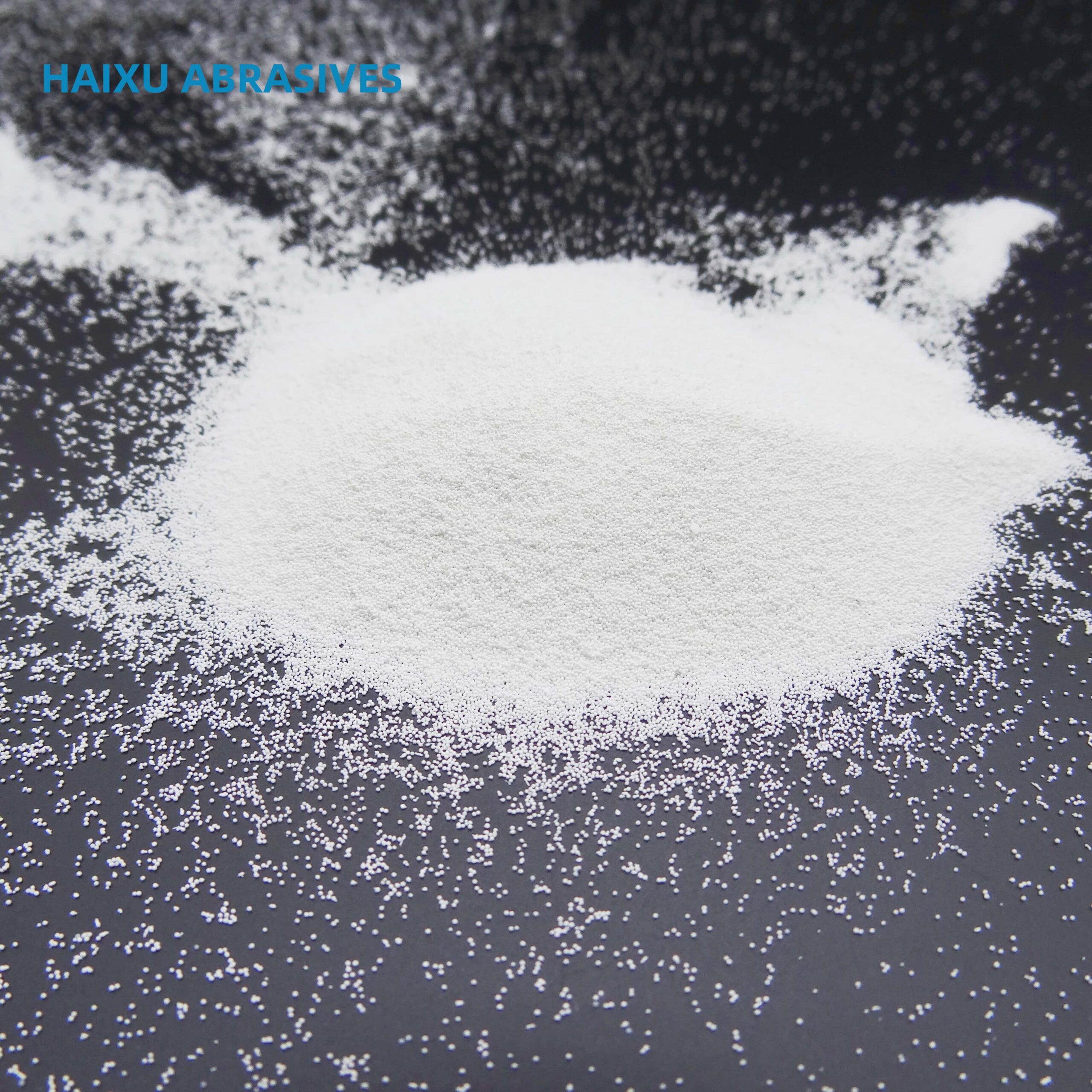
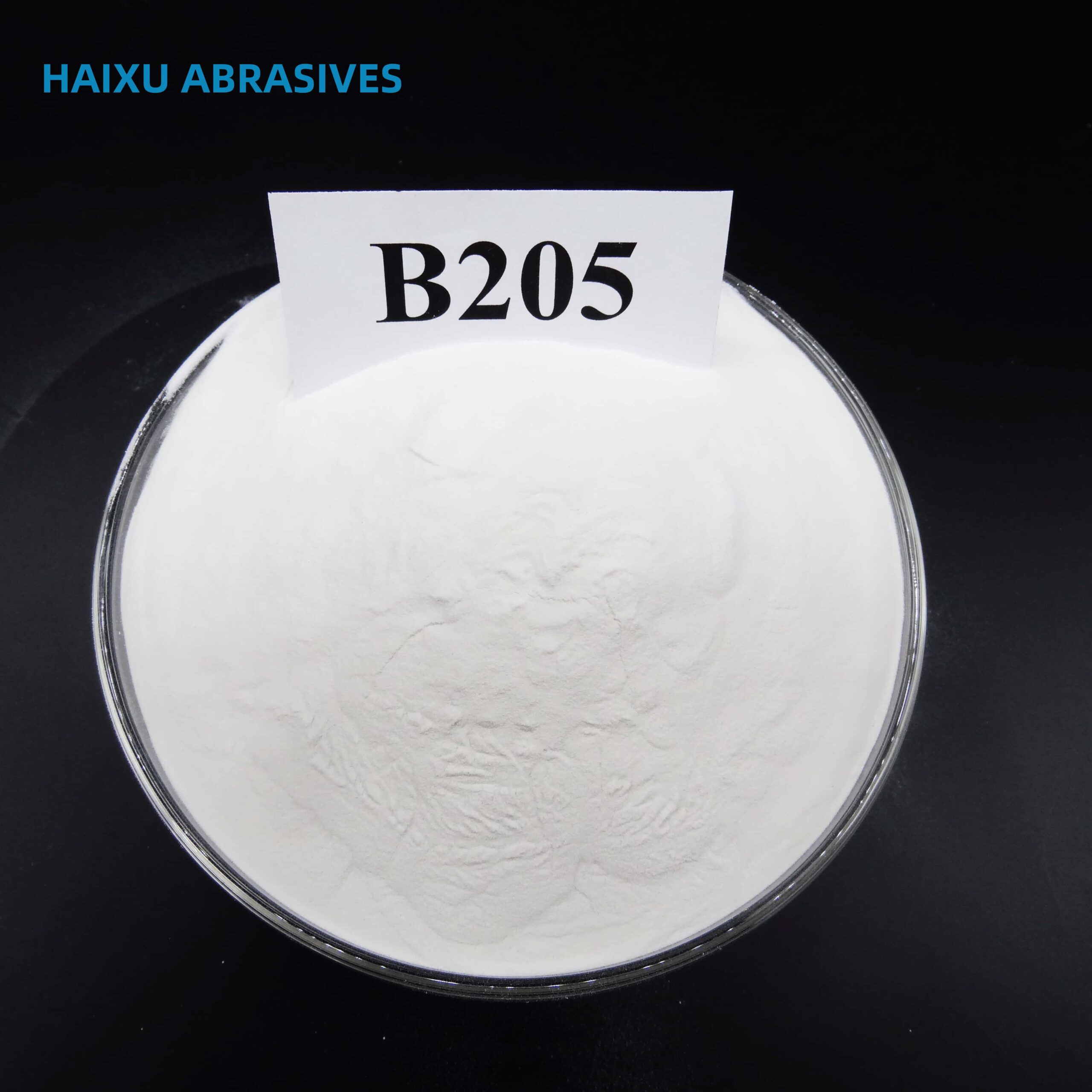
Dry/Wet sandblast abrasive media B60 B170 B205 ceramic blasting beads

Ceramic Sand B60 Precision Sandblasting Zirconium Silicate Shot
News
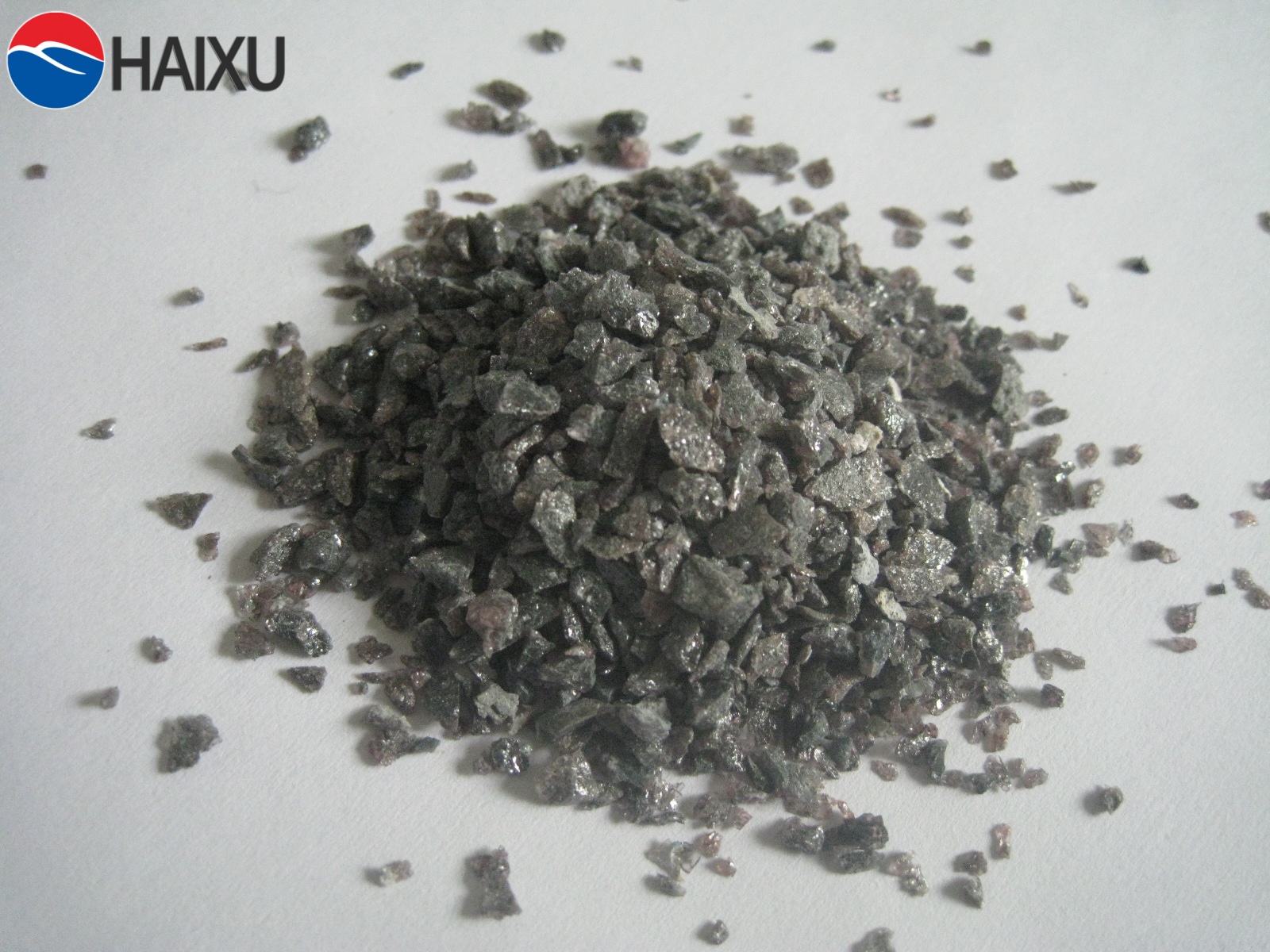
Application of brown corundum segment sand in foundry industry refractory materials
Application of brown corundum segment sand in foundry industry refractory materials
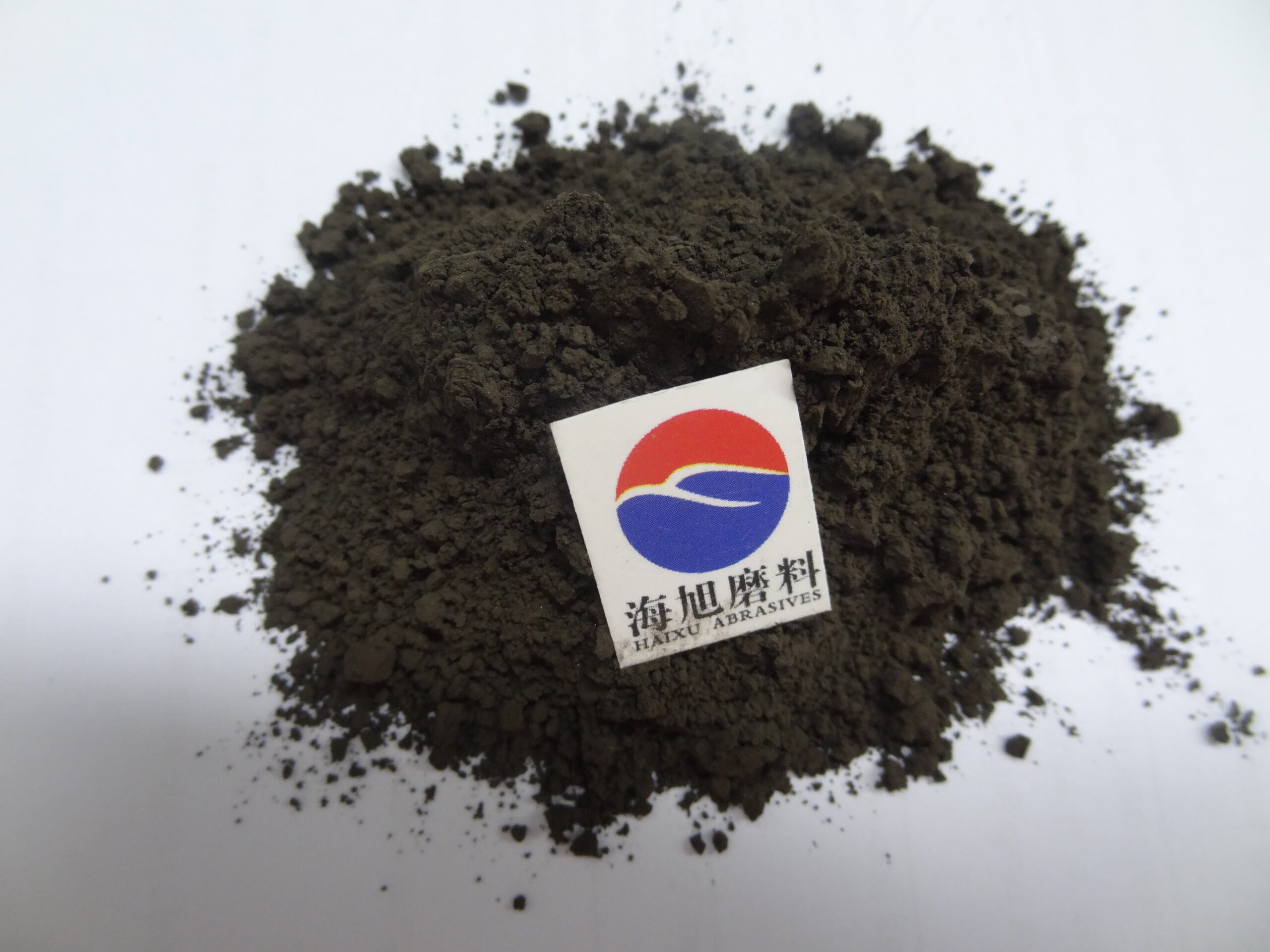
Customized chromite powder 800mesh ready for exportine to Russia
Customized chromite powder 800mesh ready for exportine to Russia
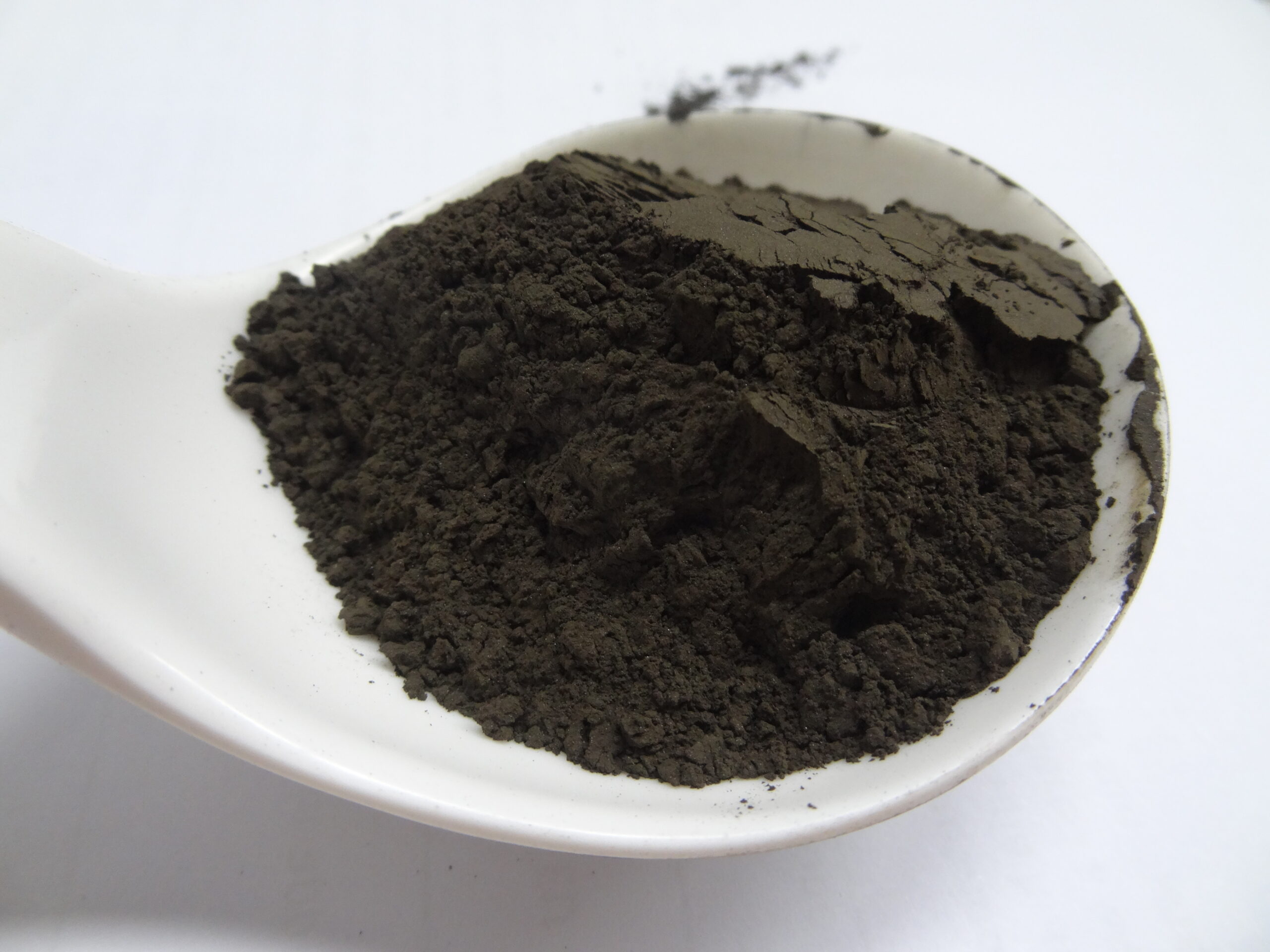
Cr2O3:46%-50% Chrome flour in 800mesh 600mesh 500mesh 400mesh 325mesh 200mesh
Cr2O3:46%-50% Chrome flour in 800mesh 600mesh 500mesh 400mesh 325mesh 200mesh
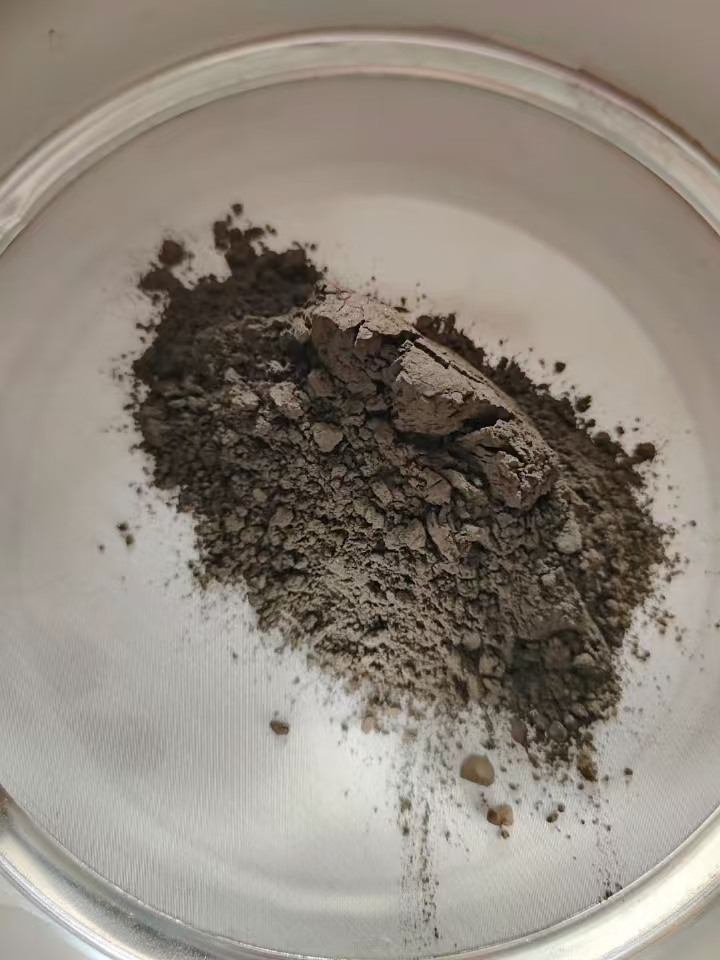
Chromite powder used as pigment in Ceramics
How is chromite powder used as pigment in Ceramics?

500 tons of chromite sand AFS 45-55 shipped to Russia for customer’s foundry use
On August 20, 2024, we completed the port transportation and loading of 500 tons of chromite sand. 500 tons of AFS45-55 chromite sand is ready to be shipped to customers for foundry use. At the same time, let me introduce the chromite sand we produce for foundry use: Chromite sand is a naturally occurring spinel consisting
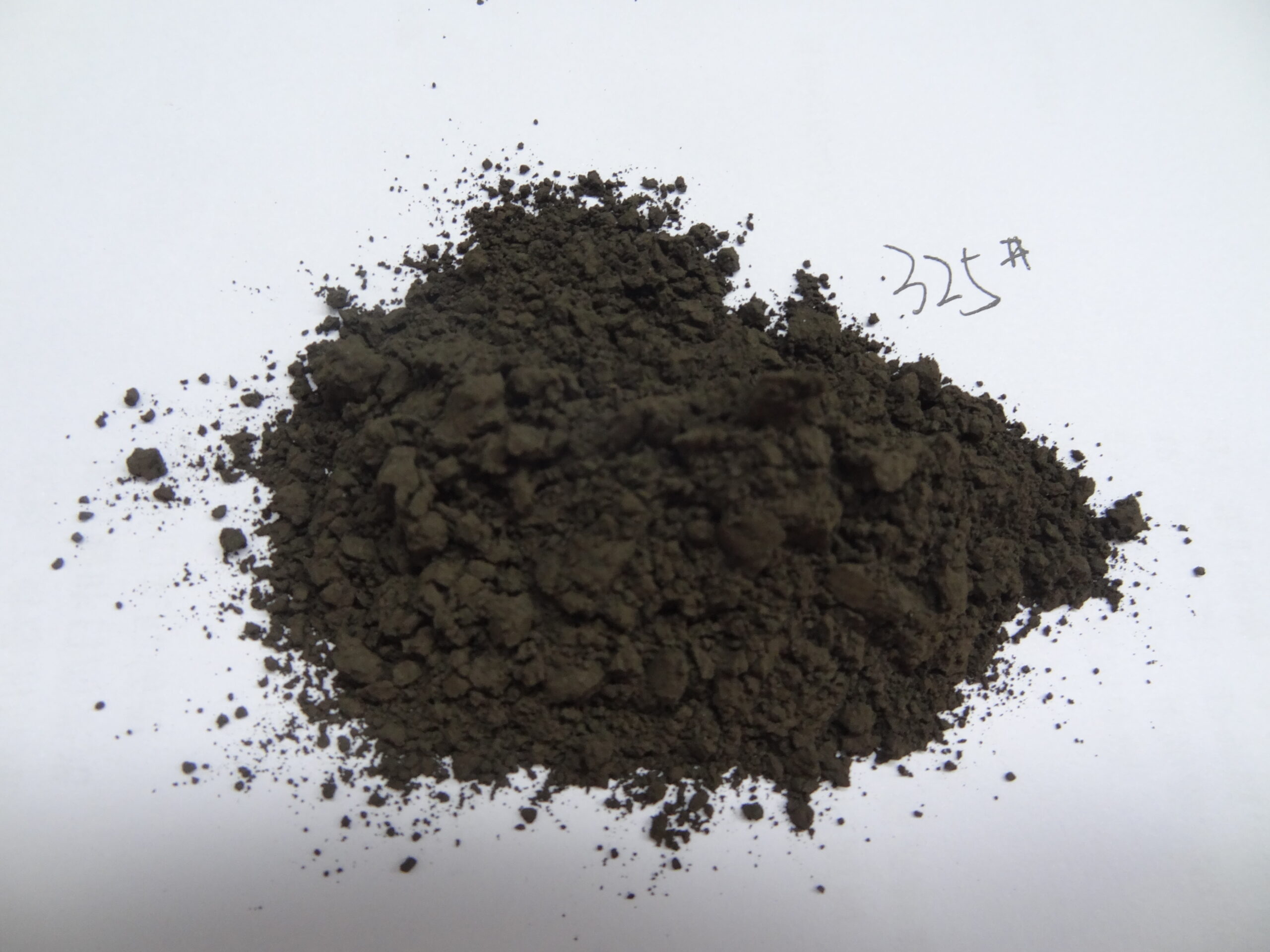
Uses of chromium ore powder
Chromite ore powder is a naturally occurring spinel consisting primarily of the oxides of chrome and iron.
It is a by-product of ferro-chrome production and is mainly used in foundry applications and in glass production.
Cr2O3:≥46.0%
SiO2≤1.0%
FeO≤26.5%
CaO≤0.30%
MgO≤10.0%
Al2O3≤15.5%
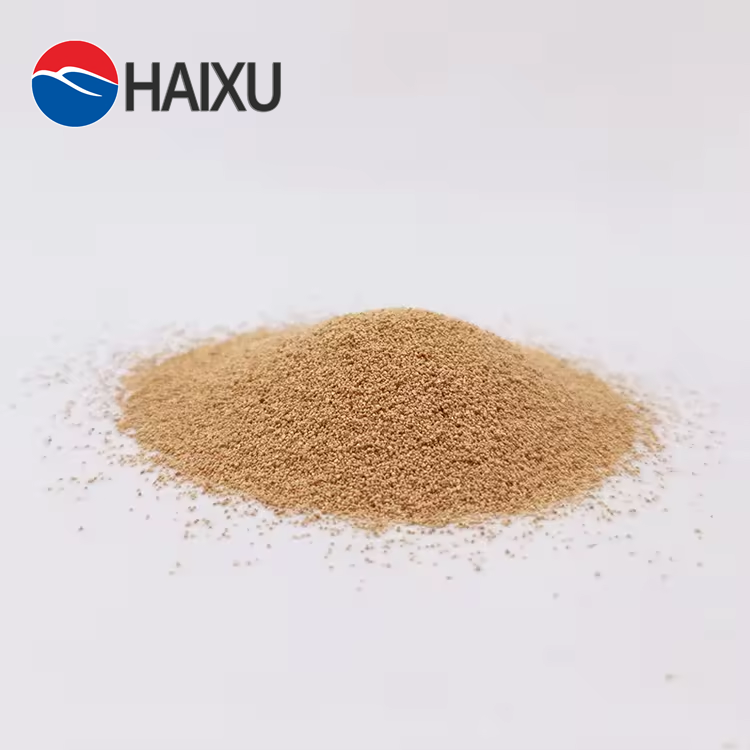
What are the uses of walnut shell sand?
Walnut sand abrasive is a product made from walnut shells after being crushed, strictly screened, classified and refined through multiple processes.
Its main use is in the sandblasting cleaning industry, such as removing paint, rust, chemicals and other residues on the surface of workpieces to achieve a smooth surface.
Walnut sand abrasive is widely used in various industrial fields due to its special physical and chemical properties, including but not limited to spray cleaning of glass, wood and plastic.

What is the difference between green silicon carbide and black silicon carbide?
The main differences between green silicon carbide and black silicon carbide are raw materials, production process, physical and chemical properties, and application areas.
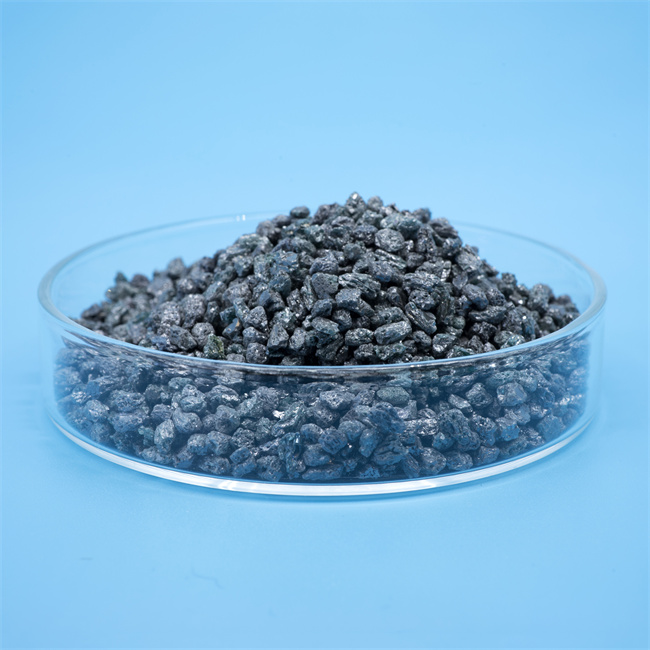
What are the functions and uses of green silicon carbide?
The functions and uses of green silicon carbide are very extensive, mainly including abrasives, refractory materials, functional ceramics, metallurgical mineral processing, electrical and chemical industries and other fields.
